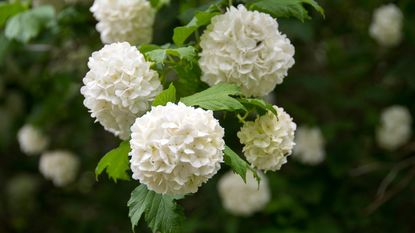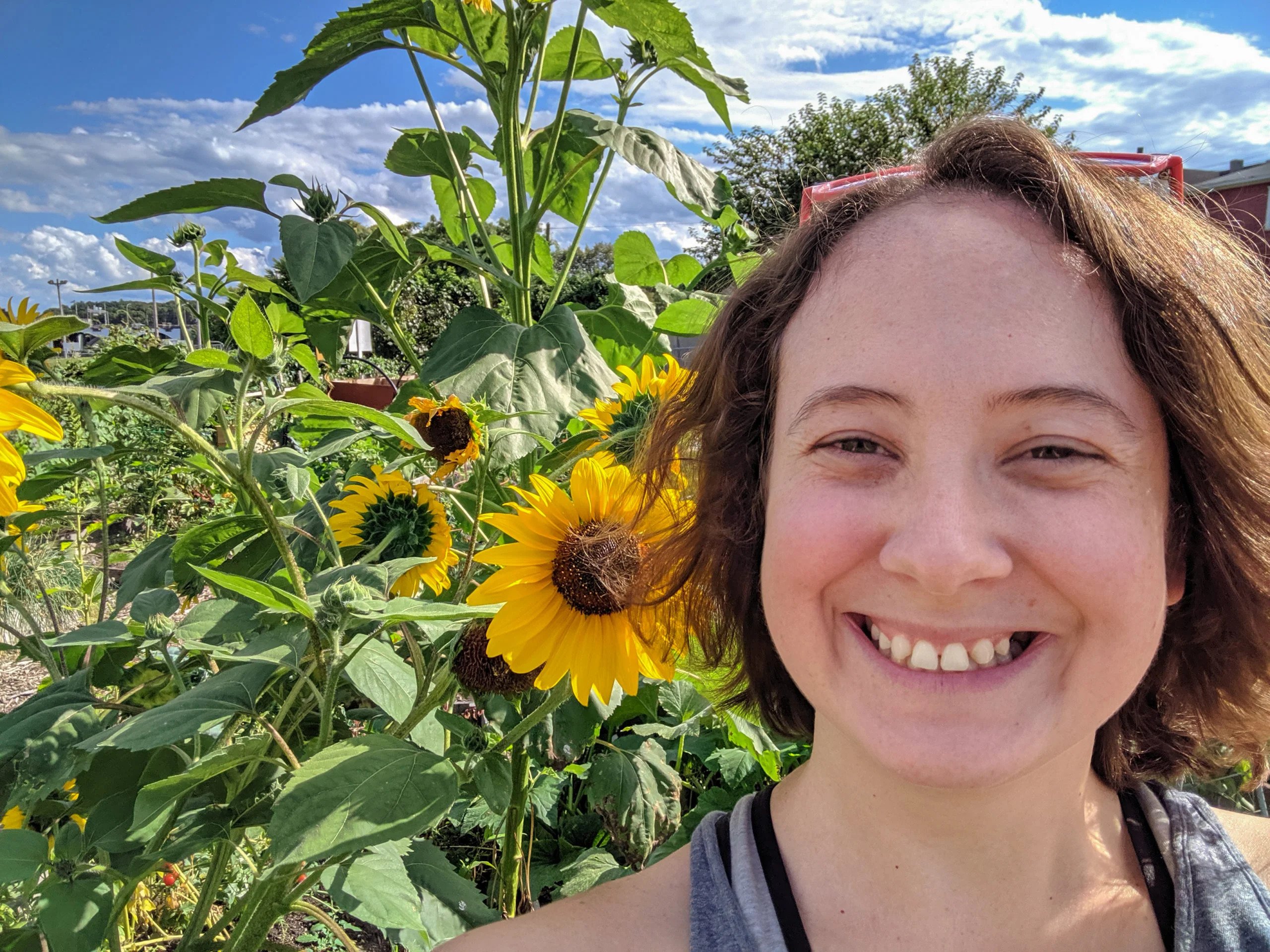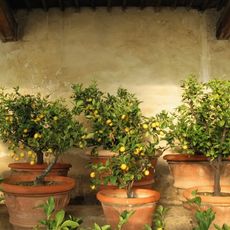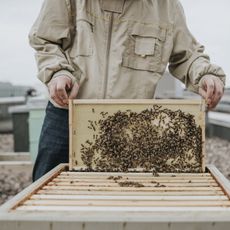History Of Hydrangeas: Learn About Heirloom Hydrangea Plants


Take a minute to picture the quintessential front garden. Are you doing it? What do you see? If you grew up where I did, chances are good you're picturing hydrangeas - big round bushes of pink or blue blooms surrounding a front porch. But what's the story behind hydrangeas? Where do they come from, and why do we love them so much?
History of Hydrangeas
Hydrangeas have been around for a long time. The oldest fossils of the plants have been found in the western U.S. and Canada, and dated to 40 to 65 million years old (That's right around the time the dinosaurs died out). More recent fossils have also been found in Asia, where people first started cultivating the flowers thousands of years ago. Hydrangeas didn't make it to Europe until 1736, however, when a man named Peter Collison brought them back from the Pennsylvania colony. It was given the name "hydrangea" for the Greek words "hdyro" (meaning water) and "angeion" (meaning pitcher) because the big flower blooms were thought to look like water pitchers. Japan was virtually closed off to Europeans at the time, so no Asian varieties made their way to Europe until 1775, when the Swedish naturalist Carl Peter Thunberg managed to get his hands on five plants. Since then, hydrangeas have taken the world by storm, spreading all over as a go-to flower for bouquets, vases, and front yard landscaping.
Culture of Old-Fashioned Hydrangeas
There are over 70 species of hydrangea, and although several are native to the Americas, the ones that are the most popular in the U.S. and Canada actually hail from Asia. Like a lot of flowers, hydrangeas have deeply rooted meanings, especially when given as gifts. In Japan, they are said to express gratitude or contrition. In European culture, they came to mean arrogance and frigidity. In modern Western culture, these connotations are all but lost, and hydrangeas are mostly prized for their giant clusters of blooms that change color depending on soil conditions. So don't worry about coming off as arrogant, or accidentally apologizing to your neighbors - plant those hydrangeas and soak up their splendor!
Gardening tips, videos, info and more delivered right to your inbox!
Sign up for the Gardening Know How newsletter today and receive a free download of our most popular eBook "How to Grow Delicious Tomatoes."

The only child of a horticulturist and an English teacher, Liz Baessler was destined to become a gardening editor. She has been with Gardening Know how since 2015, and a Senior Editor since 2020. She holds a BA in English from Brandeis University and an MA in English from the University of Geneva, Switzerland. After years of gardening in containers and community garden plots, she finally has a backyard of her own, which she is systematically filling with vegetables and flowers.
-
 Want a Backyard Mini Orchard? Create Your Own Container Orchard
Want a Backyard Mini Orchard? Create Your Own Container OrchardEasier to care for in small spaces, a backyard mini-orchard makes sense for busy gardeners and juicy fruit is the reward.
By Teo Spengler
-
 Urban Beekeeping Guide: Top Tips For Raising Bees In The City
Urban Beekeeping Guide: Top Tips For Raising Bees In The CityUrban beekeeping can be a rewarding and appreciated pastime, but first be sure it’s legal in your city and learn the ropes of beekeeping.
By Mary Ellen Ellis